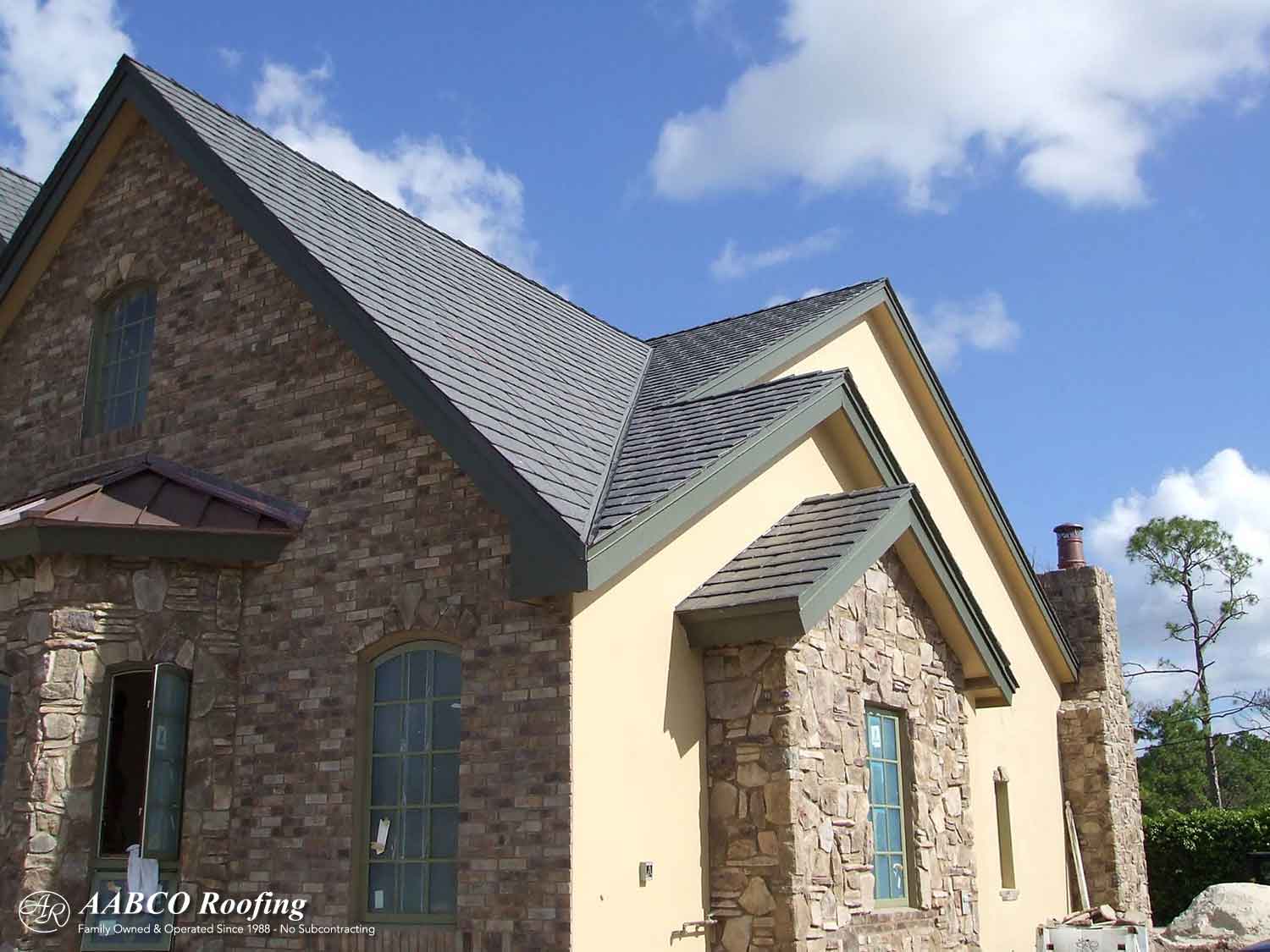
What Is Roof Pitch?
Roof pitch refers to the angle of your roof, and is more important than many may think. There are various reasons concerning climate for building a roof at more or less of an angle, thus explaining the variety in roof pitches across the US. To ensure your roof is as safe as possible, take some time and know the reasons behind roof disasters. The weather is a big game changer for a house roof, making its pitch a crucial characteristic to consider carefully when building or re-roofing your home.
Factors To Consider When Determining Roof Pitch
There are three main factors that will be discussed below.
-
Water
A leaking roof is the last thing you want, and by simply working out the pitch your roof needs, this can largely be avoided. Roofs collect water, but are designed to carry it away so that it doesn’t seep through into the living space of your home. Find the amount of slant that gets rid of the water your roof collects in the most efficient way in comparison to how much rain it receives. For example, a roof with a high pitch works well if you are living in an area where there is a lot of rainfall. This allows for the water to run off the roof and not cause damage by pooling and seeping. In this case it is also useful to invest in decent sized gutters that can handle large amounts of heavy flowing water.
If on the other hand if you live in an area with low rainfall, there is no need (in terms of water) to have a house with a high roof pitch. Even if your roof is at a slight angle, the bit of water that collects will slide off with no problem.
Of course, this is only one of the factors, so don’t make any decisions right away!
-
Debris
Gutters and roofs not only collect water, but also various organic debris like sticks, dead leaves, moss and possibly sand. It is important to recognize the amount of such debris your roof might be collecting when thinking about roof pitch. Living in an area with many large trees could cause for lots of dead leaf debris, which will clog up gutters and collect on roofs allowing for water to get trapped and cause eventual leakages. This of course is also influenced by the amount of wind you get in your area, as storms can blow organic and other material onto your roof even if you do not live in a forest for example.
-
Wind
Last but not least of the weather factors is wind. Already mentioned above, you can see it can have an impact on how much debris is collected on your roof, but this is not all that wind affects. The velocity with which wind hits the angles and corners of your roof is called wind shear. High speed winds can easily cause damage to roofs if they have a high pitch, allowing for shingles to loosen and fly off and water to seep through. Water can be a real problem when it gets inside a roof, heightening the risk of mold growth and rotting wood. Logically, a steeply pitched roof creates an obstacle that will weaken your roof structure with high speed winds.
To prevent your roof from falling apart due to wind shear, water damage or debris build up, consult a professional in this field and have the perfect roof pitch for your climate. Combinations of all of the above factors exist and need to be taken into careful consideration before building or even renovating your roof.
